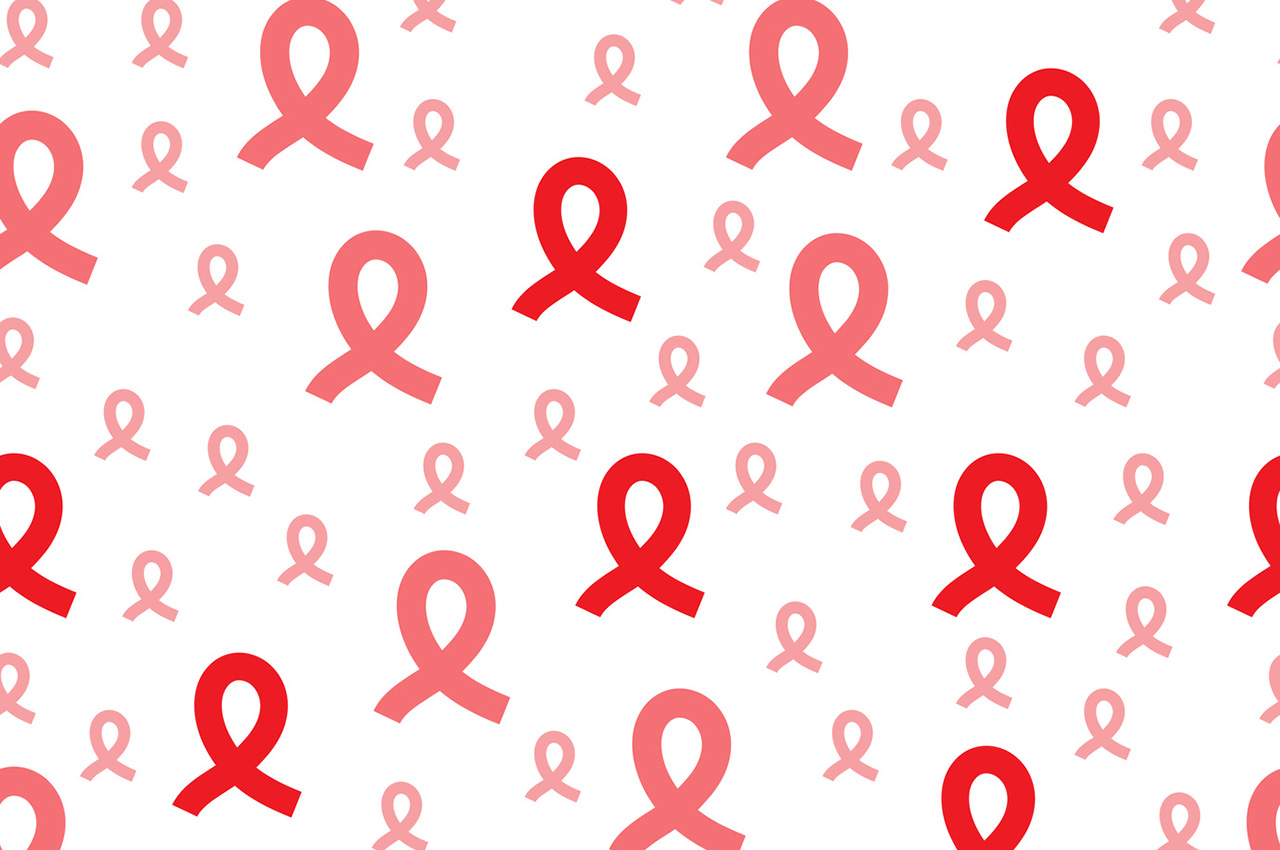BACKGROUND: Exposure to benzophenone-1 (BP-1) and benzophenone-3 (BP-3), widely used as UV filters in personal care products, has been associated with adverse health effects. However, epidemiological evidence is limited and inconclusive, particularly in vulnerable populations such as teenagers. OBJECTIVE: To examine the relation between BP-1 and BP-3 concentrations and obesity, cardiometabolic biomarkers, and asthma/allergy outcomes in European teenagers, including possible sex-specific associations. METHODS: A multi-country cross-sectional study was conducted using pooled data from six aligned studies from the Human Biomonitoring for Europe Initiative (HBM4EU). Sociodemographic data, cardiometabolic biomarkers, and asthma/allergy outcomes were collected through questionnaires. Anthropometric data and BMI z-scores were calculated (n = 1339). Plasma/serum cardiometabolic biomarkers and asthma/allergy outcomes were available for a subsample (n = 173-594). Urinary BP-1 and BP-3 concentrations were adjusted for creatinine dilution using the traditional standardization (trad.) and the covariate-adjusted creatinine standardization (CAS) method. Generalized additive models, linear, logistic, and multinomial mixed models were applied, and sex-interaction terms were tested. RESULTS: Each natural log-unit increase in urinary BP-3 (CAS) concentrations was associated with higher odds of obesity in the whole population (OR: 1.20; 95%CI: 1.04-1.38). Sex-specific associations were also found with BP-1 (CAS) and BP-3 (CAS) concentrations, which were associated with higher odds of obesity in male teenagers (OR: 1.25; 95% CI: 1.01-1.55; OR: 1.34; 95%CI: 1.09-1.65, respectively). Linear mixed models showed consistent findings toward higher BMI z-scores. A negative association was found between BP-1 (CAS) concentration and serum adiponectin levels in females (% change per log(e)-unit increase: -3.73, 95%CI: -7.32, -0.10). BP-3 (CAS) concentrations were also associated with higher odds of non-food allergies in males (OR: 1.27; 95%CI: 1.00-1.63). Traditional creatinine adjustment showed similar or slightly attenuated estimates compared to the CAS method. CONCLUSIONS: BP-1 and BP-3 exposure was cross-sectionally associated with higher odds of obesity in European male teenagers, highlighting the need to update regulations and keep exposure levels as low as practically achievable. Longitudinal studies are needed to confirm these findings.
Auteur : Peinado Francisco M, Pérez-Cantero Ainhoa, Olivas-Martínez Alicia, Espín-Moreno Lydia, de Haro Tomás, Boada Luis D, Rodríguez-Carrillo Andrea, Govarts Eva, Pedraza-Díaz Susana, Esteban-López Marta, Blaha Ludek, Blahova Lucie, Janasik Beata, Wasowicz Wojciech, Lignell Sanna, Rambaud Loïc, Riou Margaux, Fillol Clémence, Denys Sébastien, Murawski Aline, Brantsæter Anne Lise, Sakhi Amrit Kaur, Iszatt Nina, Schoeters Greet, Kolossa-Gehring Marike, Fernández Mariana F, Mustieles Vicente
Environmental research, 2025, vol. 280, p. 121912


